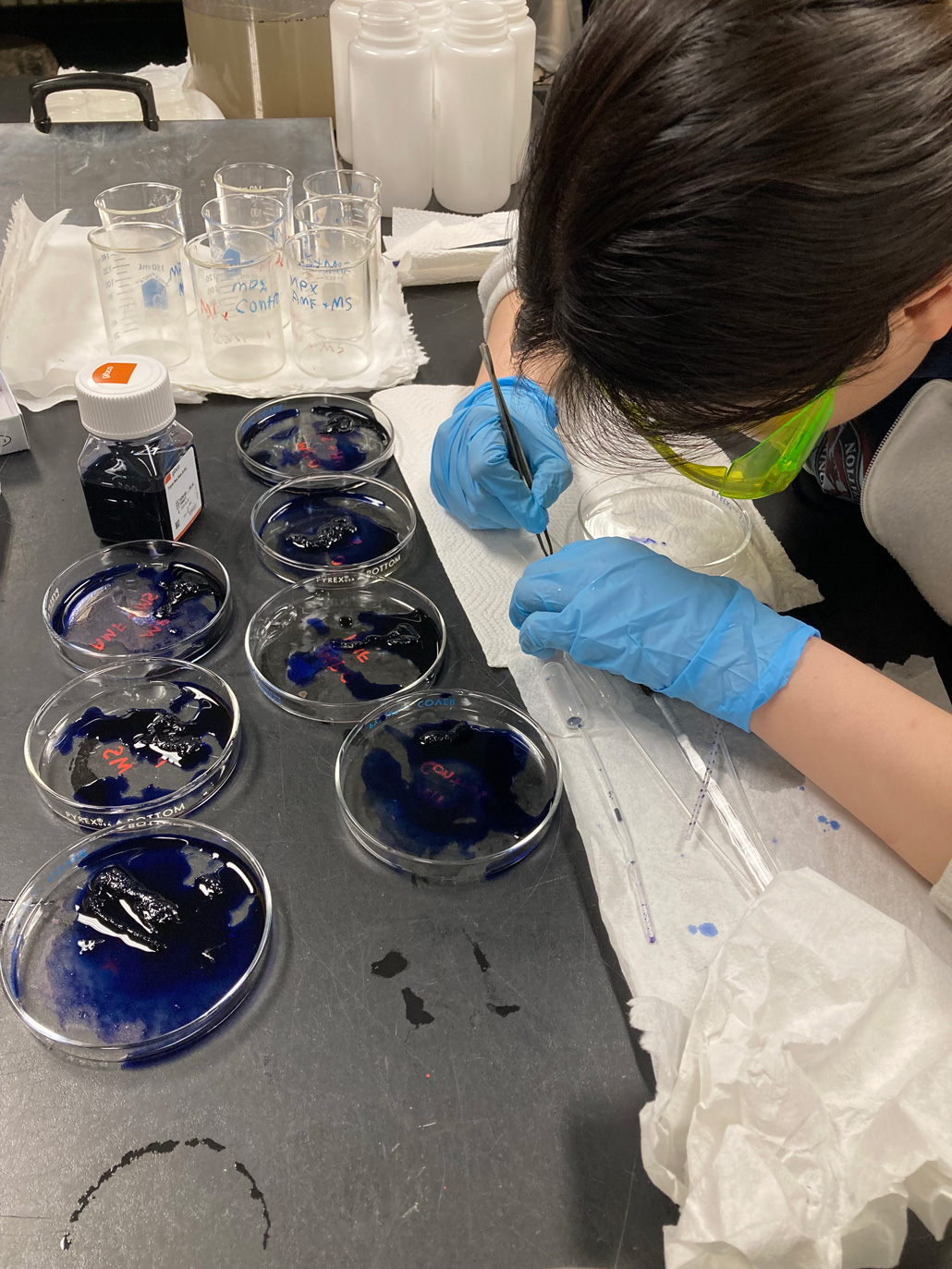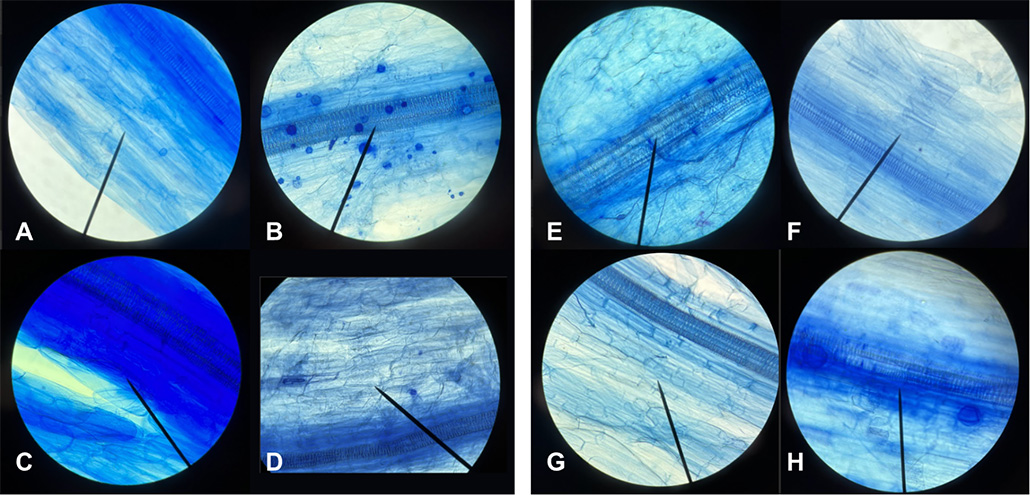Fungi help rescue crops being harmed by microplastics
All-natural treatment helped plants grow faster in soils polluted with plastic

Two Regeneron ISEF finalists from Maine found that microplastics can impair the growth of plants, like scallions (shown here). The good news: The young scientists also reported an all-natural soil amendment to help overcome that harm.
Zoya2222/iStock/Getty Images Plus
Share this:
- Share via email (Opens in new window) Email
- Click to share on Facebook (Opens in new window) Facebook
- Click to share on X (Opens in new window) X
- Click to share on Pinterest (Opens in new window) Pinterest
- Click to share on Reddit (Opens in new window) Reddit
- Share to Google Classroom (Opens in new window) Google Classroom
- Click to print (Opens in new window) Print
DALLAS, Texas — Everywhere they look, scientists find teeny bits of plastic littering the environment. When such microplastics end up in farm fields, the pollution can impair plant growth. But two young researchers now report that combining fungi with certain farm wastes can partially overcome that problem.
May Shin, 20, and Jiwon Choi, 18, presented their discovery at the 2023 Regeneron International Science and Engineering Fair (ISEF). Held here last month, this competition is a program of Society for Science (which also publishes this magazine).

The pair met in a research design class at the Fryeburg Academy, a high school in Maine. May had wanted to explore how microplastics might affect the ecosystem. Jiwon was fascinated by plants and fungi. The young scientists merged their interests, May says, to test how long-lived plastics might affect farm crops — and how to limit any harm.
To grow well, plants need lots of air-filled gaps in the soil around their roots. Those holes allow air, water and nutrients to circulate. Microplastics bits can plug these holes. The roots can also absorb plastic bits, allowing those pollutants to wreak havoc with the plants’ health.
Scientists have shown that certain microscopic fungi can aid root growth and a plant’s nutrient uptake. Those organisms have a long name: arbuscular mycorrhizal (Ar-BUS-kew-lur MY-kor-RIZE-ul) fungi, or AMF. Certain farm wastes, such as straw and sawdust, can both provide nutrients to plants and help stabilize their roots. Also known as mushroom substrate, people often grow mushrooms for grocery stores in this material.

May and Jiwon planted more than 2,000 scallion seeds in pots of soil. Half the seeds got soil polluted with microplastics. The rest grew in plastic-free soil. The plants assigned to each soil were further divided into four groups. The young scientists added AMF to the soil in one group. Another group had a top layer of mushroom substrate. A third group got both treatments. The last group got none.
For three weeks, the pair tracked how many scallions sprouted in each group and measured the plants’ height once each week. At the end, they also examined the plants’ roots.
About twice as many scallions sprouted in clean soil compared to that containing plastic bits. But among plants surviving in the polluted soil, a combination of AMF and mushroom substrate helped them out. Those getting both treatments grew 5.4 centimeters (about 2 inches) per week. That was faster than either of the treatments alone or those getting none. It was slower, however, than scallions planted in clean soil. They grew 7.2 centimeters (2.8 inches) per week.
Getting to the root of the issue
Jiwon and May then looked at the plant roots with a microscope. Where AMF had been added, it was now growing into those roots. That increased the roots’ surface area, May says, which should boost their uptake of nutrients. AMF also stimulates several plant hormones. Those chemicals, she notes, drive cells to “divide more rapidly so [the plant] can grow a lot.”

In the future, the two young scientists hope to continue testing AMF and mushroom substrate under other conditions. They’d like to boost the temperature and humidity, for instance. Or, Jiwon says, they might try adding other soil fungi. Their goal is to see how such factors might change the plants’ response to the soil treatments.
It’s hard to imagine how to rid soils of all the plastic bits moving through the environment. So ultimately, May says, “I see this project as coming up with a sustainable solution for plant growth” in polluted soils.
Her team was among more than 1,600 high school finalists from 64 countries, regions and territories. Regeneron ISEF, which doled out nearly $9 million in prizes this year, has been run by Society for Science since this annual event started in 1950.






